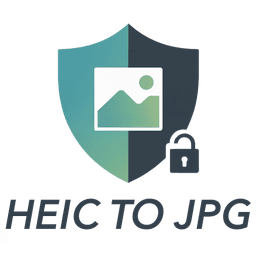
Convert HEIC to JPG – Offline & Private
Drag & drop your files. Everything happens locally—zero uploads.
Drag & drop your HEIC files here
or click to browse
✔ Files never leave your device – verified by DevTools.
FAQ & Tutorial
Why Convert HEIC to JPG?
HEIC (High Efficiency Image Format) offers better compression and quality than JPG, but it's not universally supported. Many websites, applications, and older devices can't open HEIC files. Converting to JPG ensures your images can be viewed and shared without compatibility issues. This is particularly useful when uploading photos to websites that don't support HEIC or when sharing with friends who use older devices.
How It Works Offline
Our converter uses modern Web Assembly technology to decode HEIC files directly in your browser. When you drop a file, it's processed locally on your device using your computer's resources—your files never leave your device or get uploaded to any server. This approach ensures total privacy and eliminates waiting for uploads and downloads, especially for large batches of photos.
Mobile vs Desktop Performance
While our converter works on modern mobile browsers, desktop browsers typically provide faster performance due to greater processing power. If you're converting many files or larger images, we recommend using a desktop computer for the best experience. On mobile devices, conversion may take longer and use more battery power.
Unlimited Batch Processing
Since all processing happens locally without server uploads, there's no artificial limit to how many files you can convert. You can process as many images as your device can handle. For very large batches, the only limitation is your device's memory and processing power. The quality slider lets you balance output quality with file size according to your needs.